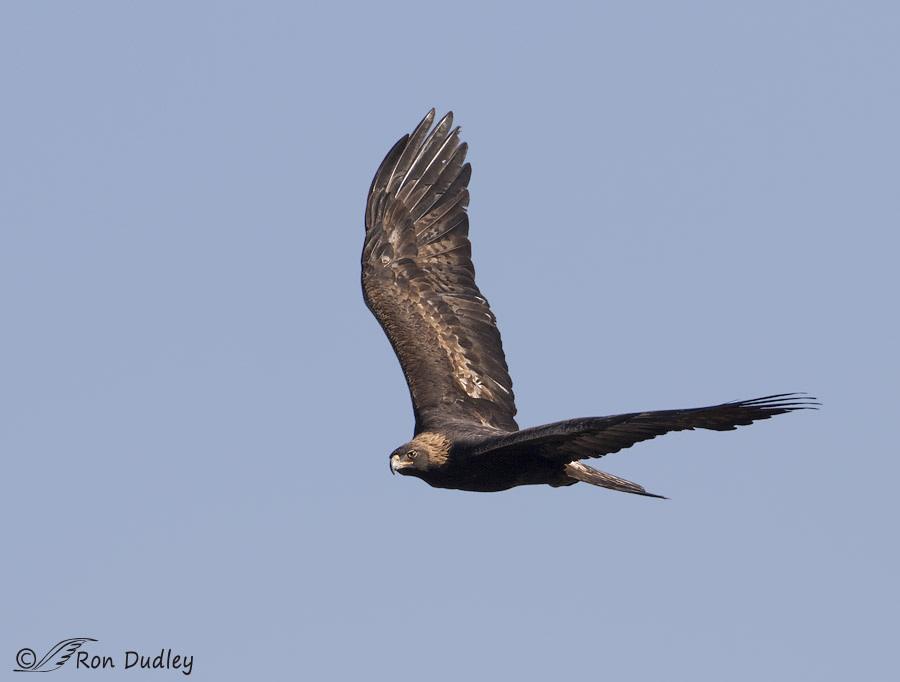Tag: great basin
West Desert Red-tailed Hawk
I spotted this adult Red-tailed Hawk perched on the side of a hill and hoped to get some take-off shots as it lifted off and then perhaps some full flight images. I always try to anticipate direction of take-off in this type of situation and I was pretty sure it would lift off to my left in the direction it’s facing. But I was wrong…
Chukars of Antelope Island
The Chukar, also known as the Chukar Partridge, is a species first introduced into North America from India in 1893. Since then they have flourished, particularly in the Great Basin of the American west where the largely feed on the seeds and leaves of cheat grass. Antelope Island in the Great Salt Lake provides perfect habitat for them and they abound there. Chukar calling In the springtime there are times when the hillsides sound like the island has been overrun by domestic chickens from the calling of the Chukars. Preening on a rock perch Chukars are very prone to perch on rocks – especially in the spring. While there they call to other birds and preen. Sentinel birds of a flock also prefer elevated perches while on lookout, which of course is ideal for the bird photographer. Parent with chicks And here’s one of the reasons there’s so many Chukars on Antelope Island – the breed prodigiously. Clutch size can be up to 21 eggs! Chukar covey on boulder In late summer and fall Chukars often congregate in large groups. These coveys tend to consist of adults and their offspring but several family groups may mix together. Preparing to jump off the rock Like some other upland game birds, Chukars are often reluctant to fly. They will typically jump down from their perch and scurry through the vegetation to hide. They are very fast runners and easily outrun a human on foot. Rock hopping I’m often tempted to call these birds “rockhoppers” because of their tendency…


